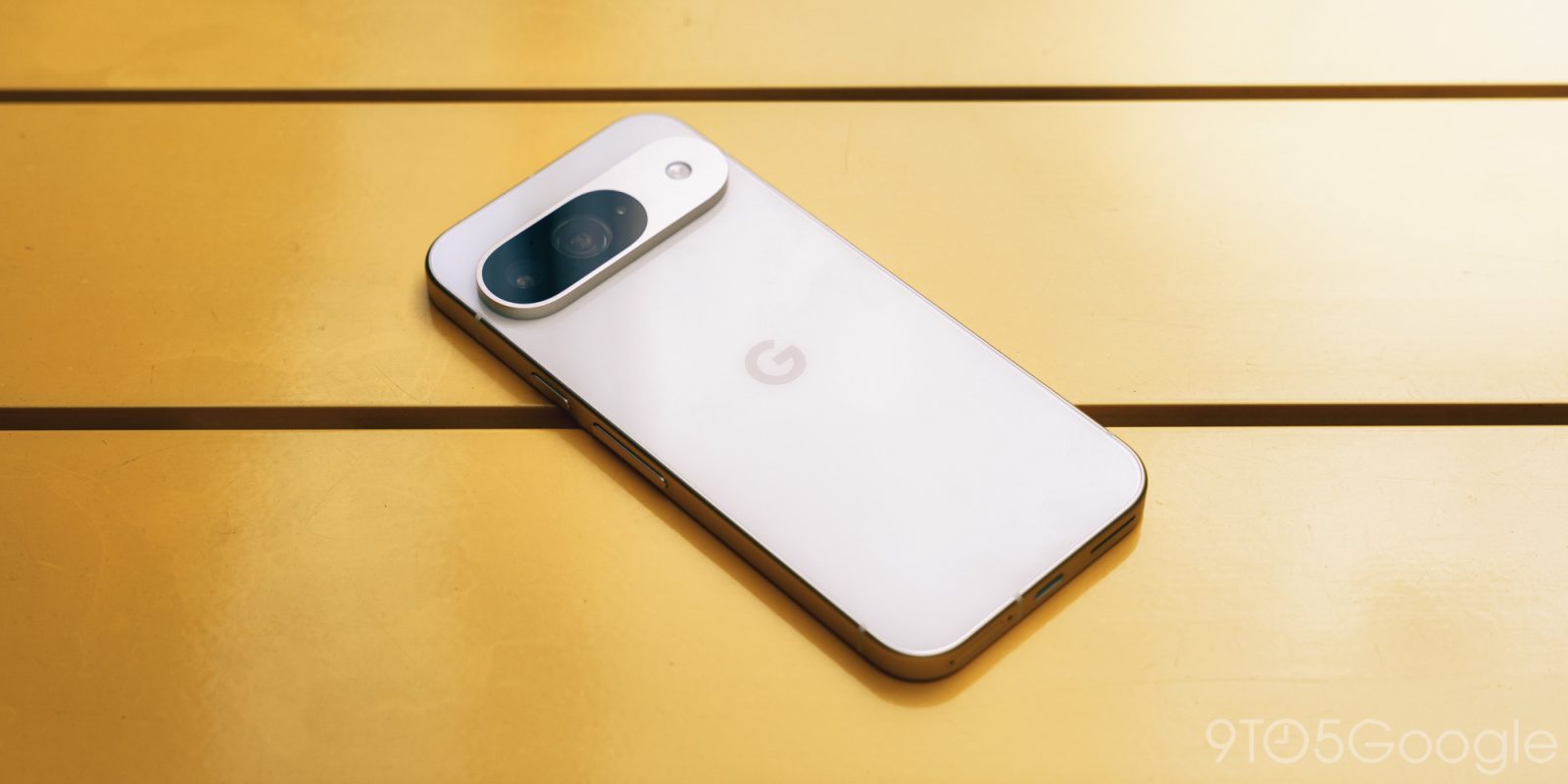
The Google Pixel 9 undergoes operational changes over its predecessor, which was already a reliably good phone. This year, Tensor G4 adds even more AI power to a phone that has lays a promising foundation in its OS.
Why an initial review? 9to5Google was granted seven days of early access to the Pixel 9 Pro ahead of today’s review embargo, not nearly enough time to reach a final verdict, especially in regards to Tensor G4, battery, etc. However, with sales set to begin on August 22, we’re sharing our experience so far and will have a full review in the coming weeks with further thoughts.
Hardware
Following the boxed-off trend isn’t such a bad thing
The Pixel 9 doesn’t just subtly take on a new design over the previous years in the way the Pixel 8 or Pixel 7 did before it. In those iterational adjustments, the Pixel series slowly refined a design that Google largely wanted to stick to. That included rounded edges and corners, as well as a camera bar that spans the entire back of the phone.
This year, the change is immediately palpable. The Pixel 9, across the entire lineup, takes on a boxier design with slightly sharper corners and a camera island that almost touches the edges of the phone. In a big way, the Pixel 9 takes a step towards a more modern and rigid design. Some might compare it to an iPhone with its minimal design and generally very square look, though I genuinely feel this is a refinement towards a more pleasing and attractive phone all-around, even if it feels a little less like the Google phones of old. In my opinion, the entire market is moving towards minimal designs, and those are the devices that are seemingly selling the best.

Take, for instance, the side rails of the phone. They’re flat around the entire phone, but where the aluminum meets the Gorilla Glass Victus 2 on the front and back, the metal is slightly radiused. This is simply for the benefit of the user. I think the Pixel 9 is actually more comfortable in the hand than the Pixel 8 without a case. The rounded edges were nice, but they were hard to maintain a grip on in iffy circumstances. The Pixel 9’s prominent edges give me a little more confidence when I hold it throughout the day. The matte aluminum finish also goes a long way to contribute to a premium look and feel. That touch of cold metal when you pick it up for the first time every day goes a long way in making the phone feel well-built, even if it can be an illusion.
In almost every way, the Pixel 9 feels much more premium than the Pixel 8. The matte aluminum doesn’t fog up with your natural oils, and the clear disconnect of the camera and body feels more intentional and makes the array look more prominent. Additionally, the camera setup looks a lot more minimal, and it doesn’t feel out of place. It’s solid – built with purpose.
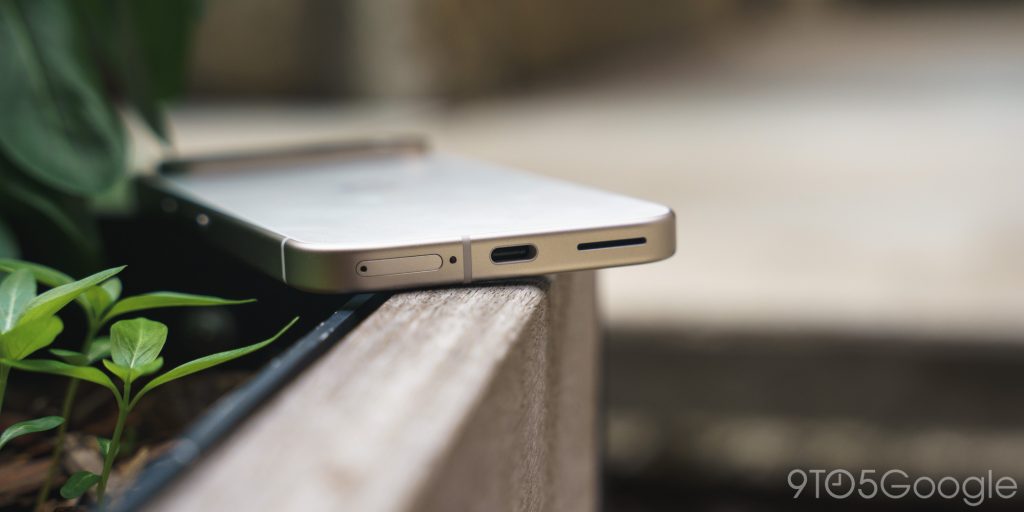
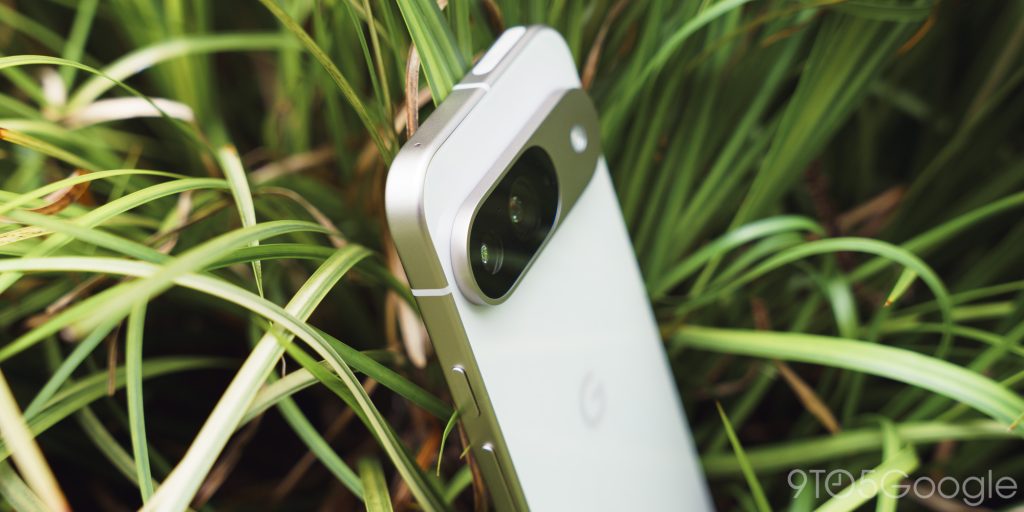
Even the buttons on the side feel clickier, which goes a long way in playing up the feeling of the phone.
Compared to the Pixel 9 Pro and Pro XL, there isn’t much of a difference in superficial hardware. In fact, the Pixel 9 and Pixel 9 Pro can use the same cases, which cements the idea that the phones are visually identical. Though the non-Pro versions in years past have been considered the “small” phone, I really think the base size is the goldilocks for most people. Our own Damien Wilde would disagree, though he is a taller human man than the rest of the team. For my personal use, the Pixel 9 has been a refreshingly “normal phone,” to the point where I may never consider the XL.
Related: Pixel 9 Pro XL impressions: A week with its better battery life and Tensor G4
Color-wise, the Pixel 9 is also the more vibrant version of the series. It offers the generic Obsidian and Porcelain colors – Google nailed these, by the way – but they also offer a Peony and Wintergreen. The two latter options are vibrant, and I would not be mad if I were using the Peony version. The Wintergreen is a little too light for me, though.
The Pixel Pro series, on the other hand, offers the same general hues with a much lower saturation. The Rose Quartz is just not as fun as Peony.
‘Actua’ means good, right?
I think one of the only dislikes I’ve come across on the Pixel 9 is the display. Even then, that might be exaggerating. The Pixel 9 houses an Actua display panel that comes in at around 1080p. It’s technically Full HD, but in 2024, that barely feels like enough. Considering the phone costs just under $800 – $100 up from last year – I would have liked to see the equivalent of 1440p, even in a “base” model phone.
This may be because the Pixel 9 houses Google’s brighter Actua panel model, which peaks at 2,700 nits. That comes in handy for very sunny days, though it really doesn’t feel like a step up from the previous year’s panel.
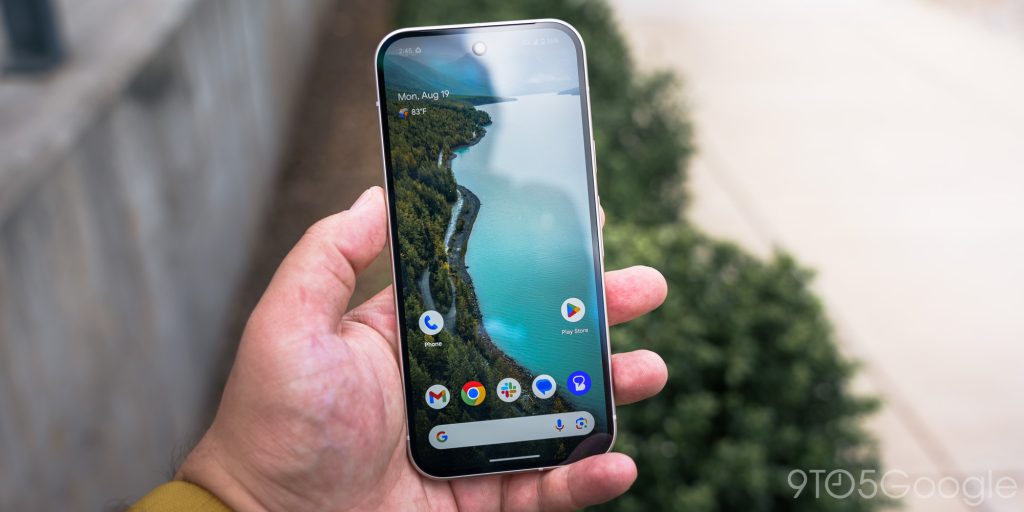
There are a few things to note regarding the Actua panel’s quality as a whole, bearing in mind that this is Google’s cheapest phone in the Pixel 9 lineup. First, the panel takes on slightly thicker bezels. At least, they look and feel bigger compared to the previous model. That may be because they’re uniform throughout the entire edge of the display – a point of contention even on the Pixel 8 series.
The punch-hole camera feels like it’s bigger, as well. Not the camera itself, but the black circular bezel around it. That’ll go unnoticed over a short period of time, though it’s something that felt immediately different in the new version. Our Editor-in-chief, Abner Li, notes that the cutout (on the 9 Pro) gets even bigger in circumstances like YouTube’s Ambient Mode, which just feels wrong.

One of the biggest changes that Google made within the display’s physical build is the fingerprint sensor. Gone is the optical sensor. It’s been replaced with an ultrasonic sensor, identical to what Samsung uses in its devices. The switch is immediately noticeable. The margin of error that I saw on the Pixel 8 feels like a crevasse compared to the amount of successful readings I see with the Pixel 9. I can be a little less careful with how I place my finger. In testing, it’ll correctly read my print 10 out of 10 times, so long as I’m not touching the extreme tips of my fingers.
Performance
A familiar OS with exceptional performance
Google built the Pixel 9 around the Tensor G4 chip. It’s the newest custom model that focuses on not only driving stock Android but also taking on AI tasks with more efficiency and effectiveness. Google rolled out a few AI features that showcase what the Tensor G4 is capable of, and it’s pretty compelling – more on that in a little bit.
Beyond that, though, the SoC does a fine job of running Android 14. Again, the Pixel 9 did not launch with Android 15 as initially expected. Still, the new processor does a great job of ensuring everything runs smoothly throughout the day.
The funny thing about Pixel phones is that they never house a chip that blows any others out of the water on benchmark tests. However, I’ve almost never had a complaint about usability in day-to-day use. The Tensor G4 is snappy, as you’d expect, and I can’t possibly fault it for not being the technical fastest available. It does its job well, and that’s what’s most important. When using the Pixel 9, I did not think, “If only Google went with Snapdragon…”
You just can’t reasonably get mad at its performance.
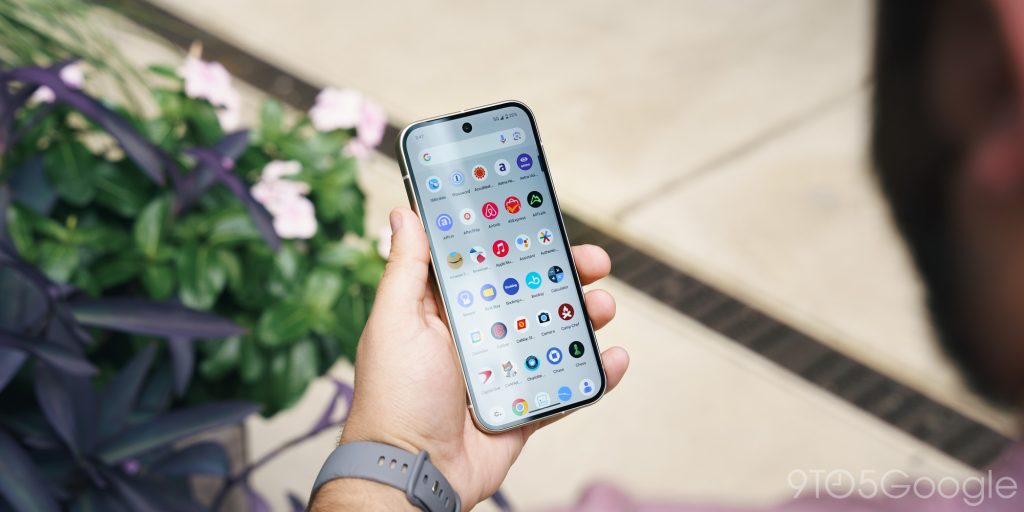
What helps is a higher RAM amount than last year. Instead of the 8GB we saw in the Pixel 8, the Pixel 9 packs 12GB, though it seems some is partitioned specifically for AI. Either way, that task is offloaded and doesn’t burden the amount of memory needed. This almost certainly gives the Tensor G4 a punch in daily tasks, and I’m not mad about it. The combination means I haven’t experienced any stutters or lag throughout my use.
Many of the AI functions that Google launched with the Pixel 9 run relatively smoothly. Take Gemini Live, for example. It’s the newest way to communicate with Gemini that offers a selection of natural voices – maybe too natural. Instead of text-based prompts, you can speak to Gemini like you would another human. This back-and-forth method is fun to play around with, and it works well on the Pixel 9. It just needs to be refined.
One issue I’ve had with it is constant interruptions. The model is set to stop talking if it hears you speak or interrupt it. I have a feeling that the mic is a little sensitive because there are plenty of times Gemini just stops responding mid-sentence. It doesn’t stop because asking it what it said will get it to repeat its response. Still, it’s a little frustrating when you’re feeding it info and building up to a specific response, only for it to cut off halfway through.
Beyond that, the new implementation of Gemini is promising and a lot more inviting than simply typing a response. In its early stages, I have found that it has some limitations. I’m not able to access my emails or other integrations, and if I do, the success rate is low. This is all fixable through OTA or server-side updates, so it isn’t something I’d consider to be the fault of the Pixel 9.
Camera
Even more capable
If there’s anything Pixel phones are known for, it’s the camera. By all counts, the sensors inside them aren’t groundbreaking or proprietary. Rather, Google has mastered the art of post-processing, which allows unexciting hardware to shine incredibly bright.
The Pixel 9 is hands-down the weakest of the three main phones this year in terms of camera. That isn’t a negative thing, though.
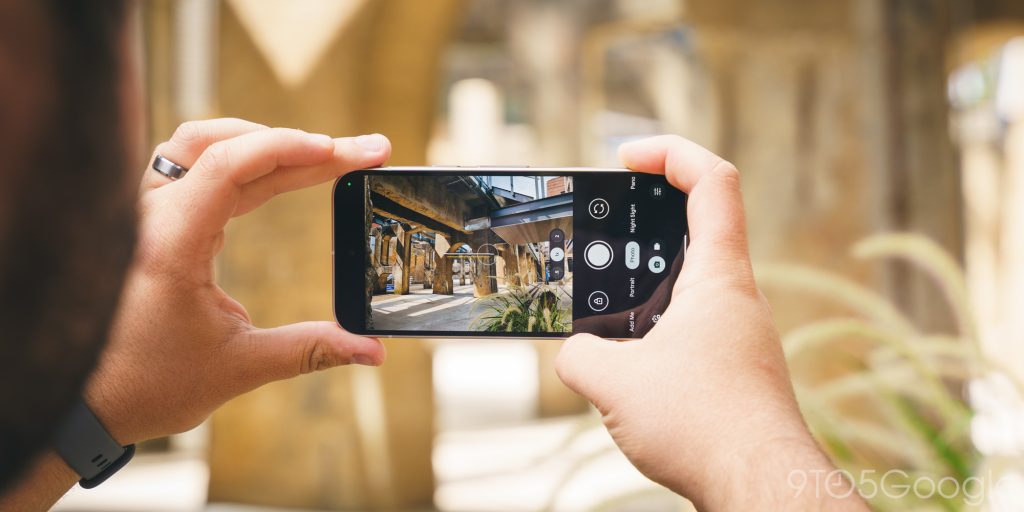
The main sensor comes in at 50MP (the same one as the Pro), while the ultrawide sensor takes a massive upgrade to 48MP. For normal shots, including portraits and anything a little constrained, you’re getting the same camera as the Pixel 8. I’ve found the macro shots I’m getting to be astounding, as well as the everyday wide angles I look for in landscape photography and group shots thanks to this new, better sensor.
Google just does such a good job with image processing that I’ve always had a hard time sticking to other devices. If a phone needs anything to stand out, it’s a good camera. The Pixel 9 excels in that category, so long as you don’t need/want telephoto capabilities. If you do, consider the more expensive Pro version with its 48MP telephoto lens with 5x optical zoom.



To add to the utility a little bit, Google is also introducing a new feature called “Add Me” on the Pixel 9. The feature essentially allows you to take a group shot without leaving anyone out. The first step involves taking a group shot with everyone but the photographer. The photographer then switches out with a different one and stands with the group. The software walks you through this very well, and the result is pretty cool. This isn’t Photoshop, and it isn’t an AI image generation. It’s simply an AI process that places the live version of someone with an existing photo in the same exact spot.
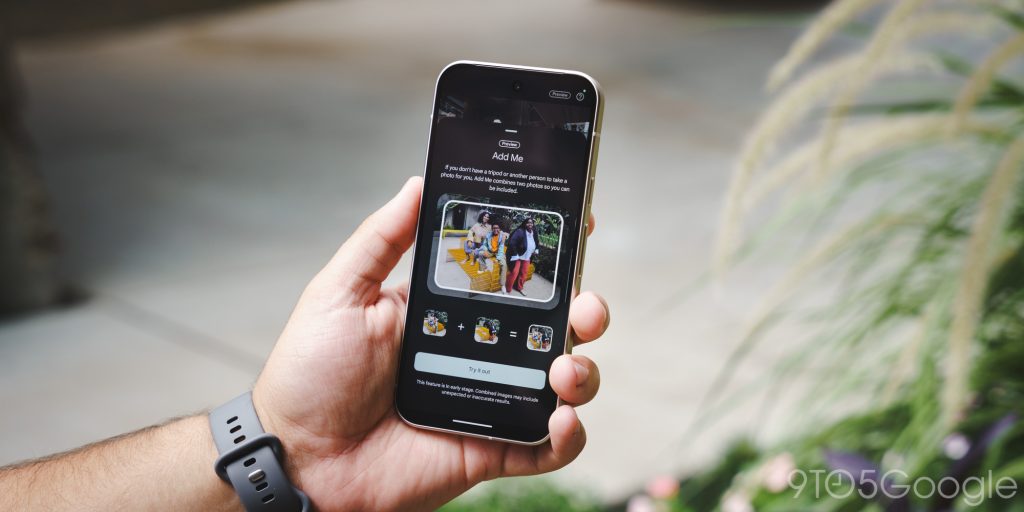
Within the Photos app, the Pixel 9 is also able to utilize the new Magic Editor feature – “Reimagine.” Google’s Reimagine is essentially just a more powerful precision tool in Magic Editor. It can take entire subjects or scenes and reimagine them as something else. For instance, a road can be turned into a river, or the background of a photo with your dog and boring apartments can be turned into a field of flowers. The image I took even took into account the action blur I used when taking the photo.

The Pixel 9 isn’t Google’s most capable phone for taking photos, but it certainly doesn’t lack in everyday and ultrawide shots, nor is it really held back on the software side.
Battery
Charge fast, die slow
At 4,700mAh, the Pixel 9 beats its successor by quite a bit. On paper, that extra bit of power really doesn’t guarantee much better performance. Essentially, I was expecting a slight increase in efficiency with an all-day battery I still needed to be conscious of.
Instead, what I got is a heavy increase in efficiency with a battery I can’t easily kill in 24 hours. With around four to six hours of active usage in a day, I’m seeing 40% or higher at night. That exceeds my expectations by a large margin. In very heavy use, I’m seeing a 20% battery level at around 6 p.m.
As long as a charger is nearby, though, the new faster charging capabilities allow the Pixel 9 to get to around 50% in a little less than thirty minutes. At one point, the Pixel 9 was at 20%, and I plugged it into my car charger – not rated for fast charging – and I was at 50% the next time I looked at it. That, in combination with a better version of Extreme Battery Saver, means the Pixel 9 is much more reliable in the field.
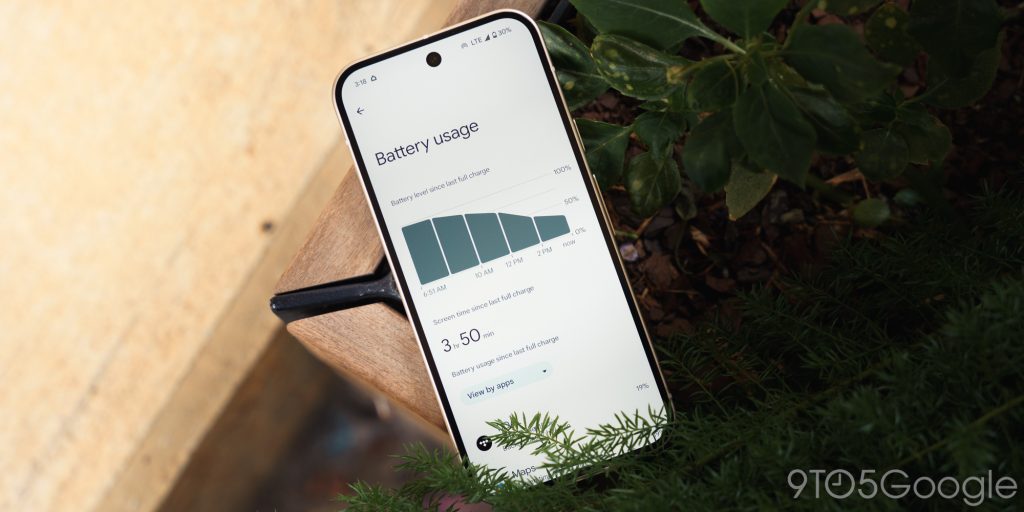
Now, I’m not sure how long that will keep up for, but with that starting point and adaptive charging on, it’ll surely be a while before you’ll notice a decline in performance.
The performance boost has been a common theme across the board for our team, covering every Pixel 9 device Google introduced – not including the Pixel 9 Pro Fold, yet. It could likely have a lot to do with the Tensor G4’s ability to handle tasks. In any case, the upgrade is tangible, and I’ve genuinely been surprised at how well the Pixel 9 has performed on battery life.
Final thoughts
I always thought I wanted the biggest phone. I really did. The Pixel 9 has changed my line of thinking a little bit. At $799, it’s $100 more than last year’s base model. It’s also only $200 away from the Pro model, which has the same body and internal upgrades that may be worth it for some. Still, if I was ignorant of those versions and thought this was the only model Google released this year, I’d still be completely satisfied. Even in that context, though, it still holds up rather well across the board.
No, it doesn’t have a telephoto lens, and it doesn’t come with a little more RAM, but that’s totally okay. For the majority of users out there, the Pixel 9 is powerful enough, if not more powerful than they actually need. Tensor G4 puts in the work, and Android 14 performs very well. That doesn’t even take into account the body change the series went through, which I appreciate.
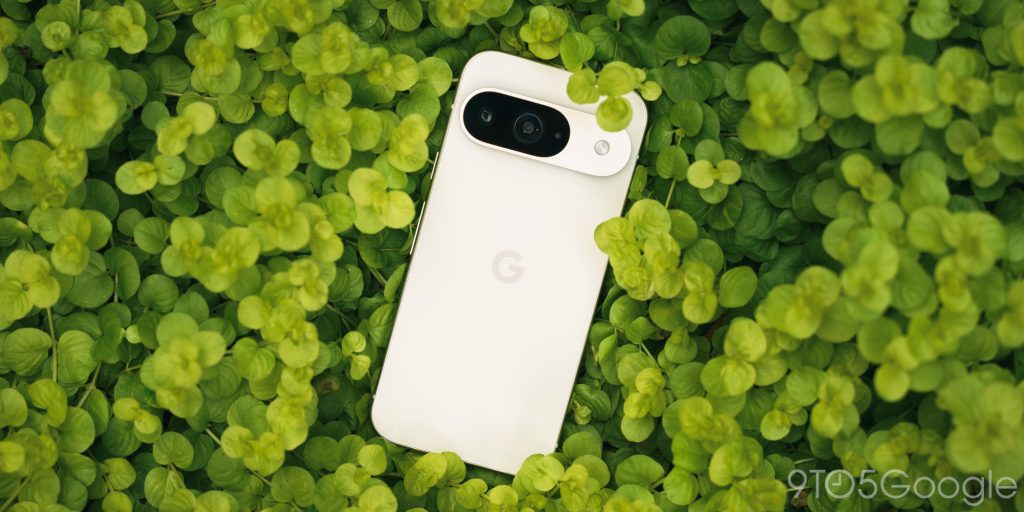
Now, if you’re on the fence about upgrading, know that none of these changes are groundbreaking, and software releases have the potential of coming to users on older devices in the future. This is more of a heavy refinement than a massive upgrade – the theme of modern smartphones
For everyone else, the Pixel 9 is the best Google can do this year, and it’s rather good.
FTC: We use income earning auto affiliate links. More.

Comments